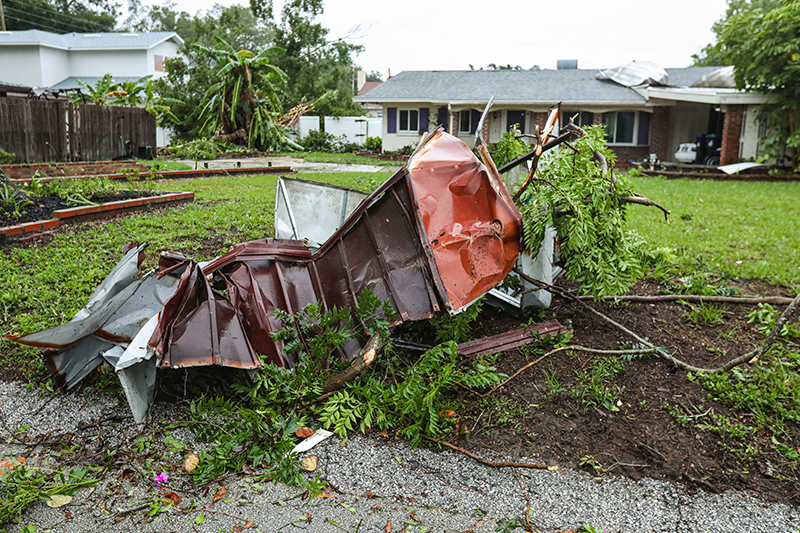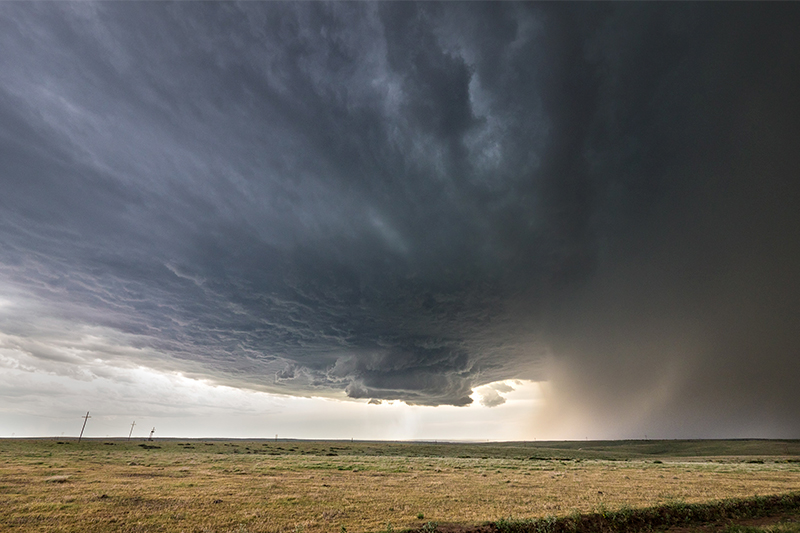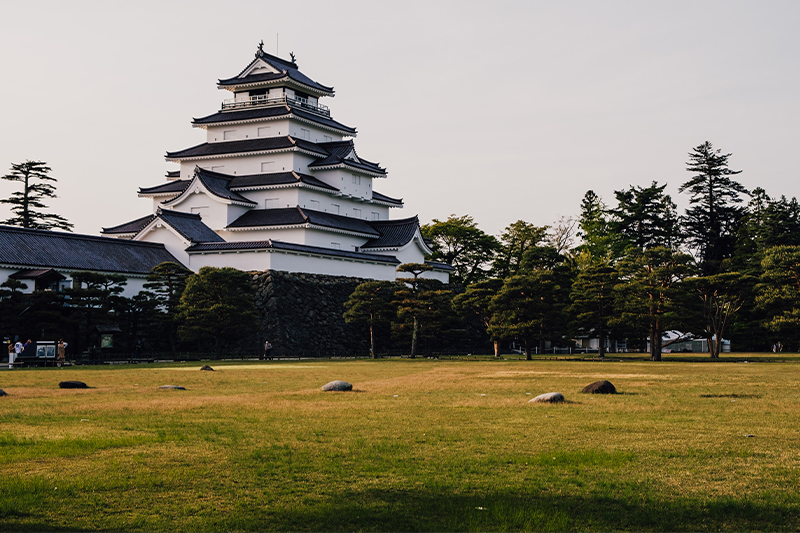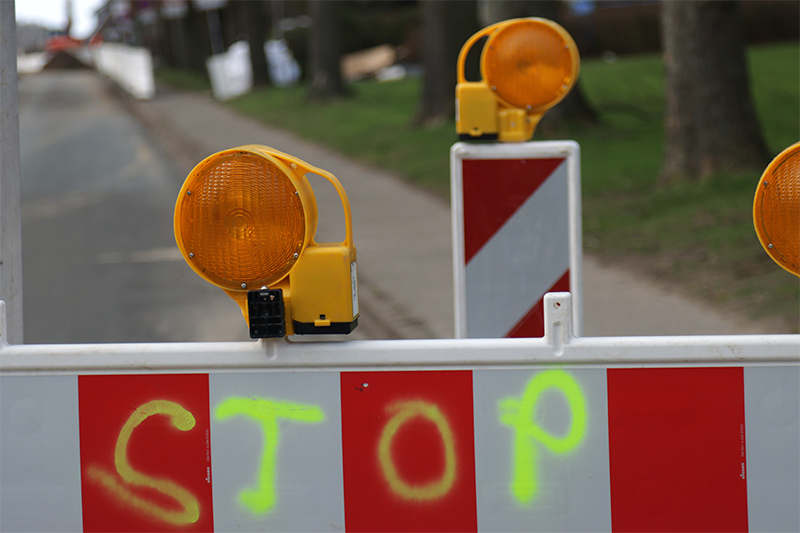
Diving Into Disasters
Welcome to our blog, where we delve into the intricate world of disasters, their definitions, and real-life case examples. This post aims to provide a comprehensive understanding of disasters. We aim to highlight their various forms and impact on communities worldwide. Join us as we tackle this immense subject in a few brief paragraphs. Yes, we know there are whole academic courses dedicated to it. Ideally, we’re trying to keep sharing information in an easily digestible format. We’re glad you are with us on this journey to understanding disasters: definitions and real-life examples.

Defining Disasters
So, we say that defining disasters is crucial to understanding their profound impact. In simple terms, disasters are sudden, catastrophic events that bring significant disruption, destruction, and distress to a community or region. Next, let’s break down this definition to unravel the complexities of these events. We encourage you to read on!

Types of Disasters
Really, we could spend the day in this section alone. Here are concise explanations for each type to give you a well-rounded understanding of the multifaceted nature of disasters. So, let’s explore the diverse spectrum of disasters, categorized into natural and human-made events. Natural disasters, like earthquakes, hurricanes, and floods, arise from environmental forces. On the other hand, human-made disasters, such as industrial accidents and nuclear incidents, result from human activities.
Please share any events you’ve responded to or consider milestone events in the comments section below. Of course, we encourage you to check out our blog on The Looming Threat: How Natural Disasters Could Impact Businesses In The Next Five Years. And, you may also be interested in our recent take on why we think that Wildfire Events Are On The Rise. For next-level insights, check out Natural Hazards Vs. Natural Disasters, where we discuss the two schools of thought and their terminology for events.

Examples of Major Disasters
Here’s where it really gets interesting. Briefly, we’ll explore real-life disaster impacts worldwide. Hurricane Katrina (2005) devastated the Gulf Coast, causing widespread flooding, loss of life, and economic repercussions. The event emphasized the need for robust emergency responses and community preparedness. Then, the Fukushima nuclear disaster (2011) in Japan highlighted the catastrophic consequences of technological failures, urging global reflection on safety standards. Finally, the 1984 gas tragedy in Bhopal, India, emphasized the importance of stringent industrial safety measures, corporate responsibility, and crisis management transparency. These examples stress the unpredictable consequences of disasters, underscoring the need for global cooperation, preparedness, and ongoing risk mitigation efforts.

The Impact on Communities
Exploring disaster impacts on communities reveals significant effects in economic, social, and environmental aspects. Economically, the aftermath is staggering, with infrastructure damage, business closures, and livelihood loss causing long-term setbacks. Socially, communities face challenges like displacement, loss, and rebuilding shattered lives. Additionally, the environmental toll disrupts ecosystems and compromises ecological balance.
Statistics underscore the severity; studies show a direct correlation between preparedness and recovery speed for affected communities. Indeed, real stories depict the human aspect, with families rebuilding homes and individuals grappling with emotional loss. Emphasizing preparedness is crucial; communities with comprehensive response plans are better equipped to navigate the aftermath. Sharing these insights highlights the critical role of preparedness, fostering resilience, and contributing to a sustainable future.

Mitigation and Preparedness Strategies
Now, we’re shifting focus to proactive measures and exploring mitigation and preparedness strategies vital for community resilience. Effective planning fosters collaboration, minimizing vulnerabilities. Early warning systems offer timely alerts for evacuation or preparation. Ideally, meticulously crafted disaster response plans ensure a coordinated reaction during crises.
Empowering individuals with practical tips is crucial. Proactive steps include establishing emergency kits, creating family communication plans, and participating in drills. Community-wide initiatives, like educating residents on evacuation routes, fortify collective capacity.
Delving into these strategies is meant to equip you with actionable insights. The proactive approach enhances community resilience and fosters a culture of shared responsibility. Navigating disaster management intricacies, these strategies guide professionals and communities toward a resilient future.

Final Thoughts
In this concise exploration, we explained that disasters are sudden, catastrophic events disrupting communities. We examined the types and examples, like Hurricane Katrina, the Fukushima nuclear disaster, and the Bhopal gas tragedy. Each highlighted their profound impact across economic, social, and environmental dimensions.
Then, shifting focus to proactive measures, we emphasized mitigation and preparedness strategies. Critica components include community planning, early warning systems, and well-practiced response plans. The natural outcome provides practical tips for individuals and communities to enhance resilience.
As we conclude, we encourage you to share your thoughts and experiences in the comments. Let’s foster a dialogue on disaster preparedness, empowering each other with insights. Please hare this post on social media and subscribe for updates. We urge you to join the conversation for a more resilient global community.
Calling All Resilience Champions!
Don’t miss a beat with Disaster Empire – your gateway to groundbreaking insights and exclusive content.
Get ahead of the game by signing up NOW! Be an insider and be the FIRST to access our power-packed blog posts every Tuesday.
Unleash a world of knowledge with each blog – we’ve got it all! We’ve got your back from embedded links to source materials, captivating articles, eye-opening videos, must-read books, and top-notch training! Click on the blue link to dive into an ocean of valuable resources.
Take resilience to new heights with our captivating podcast! Featuring exclusive interviews with thought leaders and innovators, this is YOUR ticket to inspiration and progress! Available on YouTube and YouTube Music for your ultimate viewing and listening pleasure.
Don’t wait! The excitement starts every Tuesday with our blog posts, and we’re not done yet – every Thursday, a fresh, invigorating podcast awaits you.
Join our growing community of change-makers and conquer challenges with Disaster Empire! Together, we’ll shape a resilient future!
